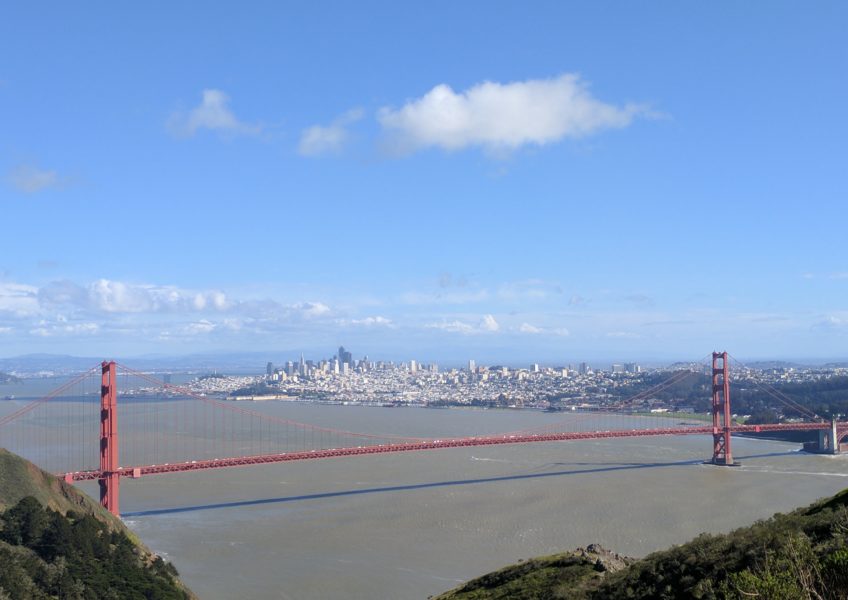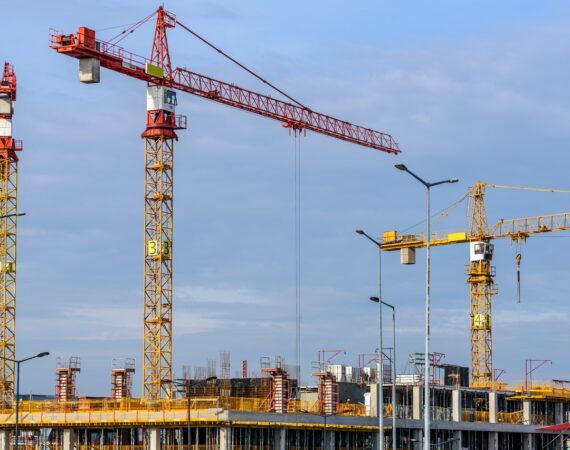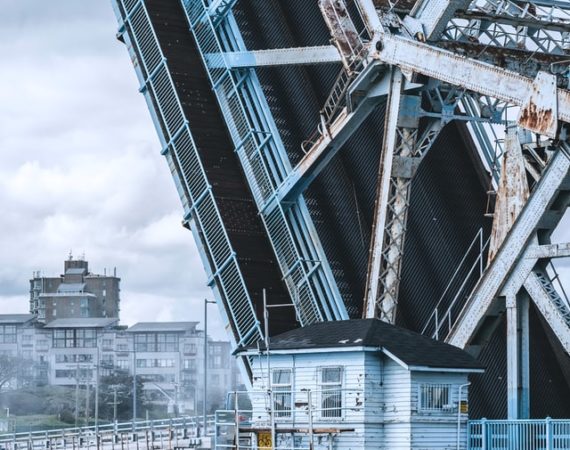How a suspension bridge works
Perhaps the most famous suspension bridge in the world is San Francisco’s Golden Gate Bridge. The expansive bridge with its monolith towers and crisscross cables is a beauty to behold – but many do not know how these beautiful structures actually work.
Understanding How a Suspension Bridge Works
A suspension bridge is one of the most popular bridge designs. It features a cable support system that distributes the weight of the bridge deck between the two towers. The tension forces in the cables are converted to compression forces in the piers that then extends all the way to the ground.
The smaller cables (known as suspenders) span from the bridge deck upwards to the main supporting cables. Their job is to transfer the deck’s weight to the towers through the main supporting cables. The main supporting cables are the graceful cable arcs that run from the towers to the anchorages located at each of the bridge’s ends.
Many mistakenly believe that the towers of the bridge must be quite bulky, however, they can be remarkably thin. The equal pressure on each side creates a remarkable balance as the bridge deck pulls inward. The main support cables are positioned from the towers to the anchorages which tend to be either concrete block or solid rock. The job of the anchorages is to pull the towers outward with the same force as the bridge deck is pulling them together.
History of the Suspension Bridge
Historians believe that the Incas built the first suspension bridges over 500 years ago. They wove twisted grass to create beautiful bridges which the Spanish explorers discovered. Some of their remarkable grass suspension bridges spanned over 150 feet and crossed deep gorges.
The success of the suspension bridge has resulted in a quickly evolving means of construction. In the early days, chains were used in place of cables, however, the chains were less durable than cables and would break down over time. The problem was rectified with the use of high tensile steel cable. Early suspension bridges would also fail because of the bridge decks which were constructed thin and without a full understanding of aerodynamic forces. Heavy winds could shake the bridge deck and without the proper dampening, it could even be destroyed in moderate winds. One of the most well-known suspension bridge failures is that of “Galloping Gertie” which was one of the first modern suspension bridges in Tacoma, Washington. The bridge was not designed to handle the varied winds and in certain conditions had no way to dampen the energy the bridge absorbed from the wind. It dramatically failed on November 7, 1940.
View Example of Dramatic Bridge
Forensic Engineering Specialists
Engineering Specialists Inc. has nearly 30 years of field experience in analyzing the damage to vehicles, residential, commercial, and industrial buildings. We can work on any project in any state, nationwide. When you or your business needs to confirm the extent of damage or how to correct a problem, email us at office@esinationwide.com or call us, toll-free, at (877) 559-4010.




